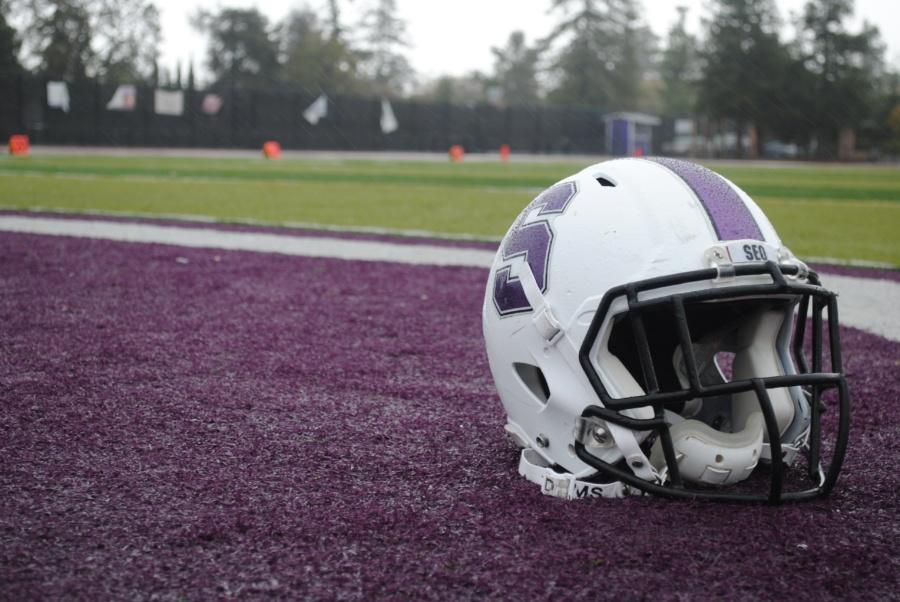Football players keep their head in the game despite risks
A football player’s helmet is the most important part of their equipment, in terms of safety. Repetitve concussions lead to CTE (chronic traumatic encephalopathy) which is a degenerative brain disease linked to Alzheimer’s disease.
November 2, 2016
When sophomore Emily Knopf was asked if football was safe, her attitude was one widely shared by fans across the country. “It’s not safe, but that’s why people like it,” Knopf said.
Students like Knopf feel that watching football is unpredictable and exciting to watch. Similarly, it is fair to say that high school football games here at Sequoia have the highest turnouts of any fall sport—of any sport in general. However, some safety experts are concerned about the severity of concussions on the football field.
Concussions are a risk in the sport and concerns have spiked among parents due to the fact that high school football players are twice as likely to sustain a concussion than college and pro players. A study from ABC shows that 11.2 concussions occur for every 10,000 games and practices in high school football, compared to 6.3 in college leagues.
A study conducted by the Institute of Medicine, funded by the NFL, found that most concussion symptoms disappear within a two week span. However, 10 to 20 percent of football players have symptoms that last for several weeks or months in extreme cases.
Yet to researchers, it is still unclear whether or not repetitive head injuries lead to long term brain damage. According to Beri Dwyer, the head athletic trainer here at Sequoia, an estimated 20 players have suffered a concussion this year at Sequoia. One of these students was junior Alexander Fogel, who suffered from a concussion while the football team was in Oregon.
Fogel plays the position of defensive tackle, and was assigned to target the center during a specific play. In the pile of players, he made helmet to helmet contact with another player.
“The only thing I remember is having a sizable headache,” said Fogel, who has been out for roughly a month and will be able to play in the last three games of the season.
The players who have had concussions this year have all been treated the same. Once a player has been spotted with any signs of unease or discomfort, they are taken out right away.
“When players have a concussion we air on the side of caution,” varsity football head coach Rob Poulos said. “When a player is under suspicion of a head injury they are taken out for the rest of the game or training and undergo rehabilitation with a trainer or their own personal physician.”







